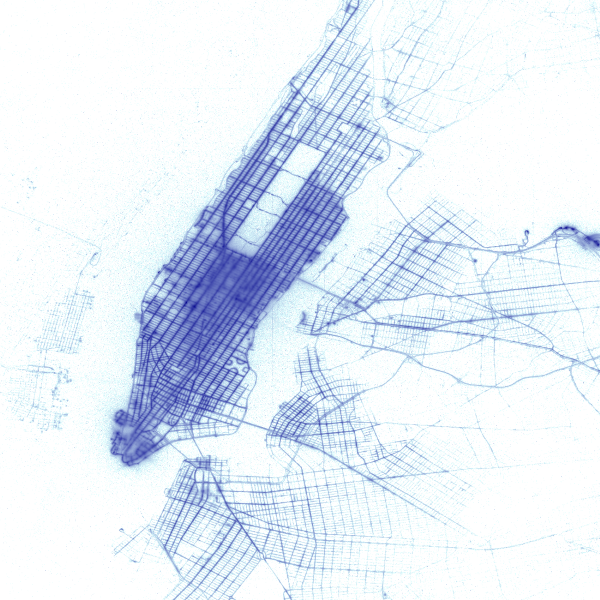Working Papers

- Valuing Flexibility: A Model of Discretionary Rest Breaks (PDF)
As flexible work arrangements become increasingly prevalent in the labor market, more and more workers have discretion over when they take rest breaks—a feature that is likely appealing to many. Yet we do not have a formal economic model of the decision to take breaks, nor do we know how much workers value this ‘breaks’ flexibility. To fill the gap, I develop and estimate the first dynamic model of daily labor supply that endogenizes rest breaks. The model includes several factors that influence the decision to take breaks: fatigue, opportunity costs, preferences across hours of the day, and random utility shocks. I estimate the model using high-frequency data on millions of taxi trips covering over 14,000 drivers in NYC during an entire year. This allows me to characterize heterogeneity across drivers in a transparent non-parametric way, estimating the model separately for each driver. Using the estimated parameters, I first evaluate the welfare loss to workers if discretionary breaks were replaced by scheduled breaks. My results show that flexibility is valued highly: the average driver in my sample would require a 23 percent increase in revenue to accept a counterfactual fixed work schedule. Further, I find substantial heterogeneity in this valuation, indicating that for some workers, discretionary breaks bestow a large non-pecuniary benefit. I then use the model to study the effects of a realistic ‘mandatory breaks’ policy on the frequency of breaks and labor supply. Counterfactual evidence shows that such a policy would substantially increase the frequency of breaks but would reduce labor supply by 6 to 9 percent. This result highlights the need to weigh the benefits of break-oriented policies—including a reduction in accidents—with the negative consequences for labor supply and the welfare of workers. While I use a specific industry to estimate the model, the proposed framework is quite general and can be applied in various other contexts, helping understand how workers in a given industry make their short-term labor supply decisions.
- The Daily Labor Supply Response to Worker-Specific Earnings Shocks (PDF)
This paper presents empirical evidence indicating that the daily labor supply elasticity of workers is large and negative in response to idiosyncratic earnings shocks (e.g. a large tip), contrary to the prediction of the standard neoclassical model. I use microdata covering the universe of New York taxi trips to reconstruct drivers’ daily work shifts in 2013. In the main specification, I identify variation in idiosyncratic earnings using large tips received by drivers and find that they respond to these shocks by decreasing their labor supply substantially; I obtain similar results when using trips from Manhattan to JFK Airport as idiosyncratic earnings shocks. I also find that these shocks do not affect future labor supply, indicating that standard neoclassical income effects cannot explain this result. In contrast, a positive earnings shock at the market level causes drivers’ labor supply to increase, consistent with optimizing rational agency. The large and negative response to idiosyncratic earnings shocks indicates that such shocks can have significant effects on labor supply. My results suggest that transferring the share of income earned through tips or bonuses to a more predictable wage structure could increase labor supply in a cost-neutral way.